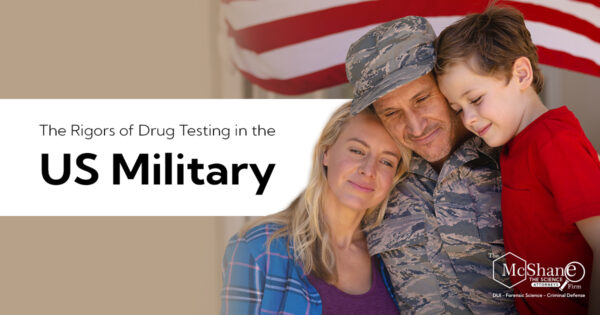Introduction:
The Department of Defense (DoD) has implemented a comprehensive drug testing program to deter and detect the use of banned substances among its personnel. In this blog post, we will explore the details of the drug testing process, the differences between active-duty and reserve service members, and where to find the list of banned substances in the military.

Testing for Banned Substances in the US Military:
-
- Who can be tested?
All military personnel, including active-duty, reserve, and National Guard members, are subject to drug testing. This includes officers, enlisted personnel, and even some civilian employees working in sensitive positions. Military recruits are also tested during the accession process.
-
- When can service members be tested?
Drug testing in the US military can occur under several circumstances:
-
- Random Testing: Service members can be tested at any time, without prior notice, as part of the military’s random drug testing program. The goal of random testing is to deter drug use and maintain a drug-free military environment.
- Probable Cause: If a commanding officer or supervisor has reason to believe that a service member is using or has used banned substances, they may order a drug test based on probable cause.
- Consent: A service member may voluntarily consent to drug testing.
- Inspection: Commanders may conduct unit inspections, including drug testing, to maintain discipline and readiness within their units.
- Rehabilitation: Service members enrolled in a drug rehabilitation program may be tested as part of their treatment and recovery process.
- Post-incident: Following an accident or significant event, such as a vehicle crash, commanders may order drug testing to determine if substance use was a contributing factor.
- How are drug tests conducted?
Military drug testing primarily uses urinalysis to screen for banned substances. Urine samples are collected under direct observation to prevent tampering and ensure the integrity of the sample. The samples are then sent to an accredited laboratory for analysis using advanced techniques, such as gas chromatography-mass spectrometry (GC-MS) and liquid chromatography-tandem mass spectrometry (LC-MS/MS). These methods can detect a wide range of banned substances, including illicit drugs, prescription medications, and over-the-counter substances that are prohibited by the military.
Differences between Active Duty and Reservists:
While both active-duty and reserve service members are subject to drug testing, there are some differences in the frequency and circumstances of testing. Active-duty personnel are more likely to undergo random drug testing due to their continuous full-time military service. In contrast, reservists and National Guard members may be tested less frequently, typically during their drill weekends or annual training. However, they are still subject to the same drug testing policies and procedures as their active-duty counterparts.
Publication of Banned Substances in the Military:
The list of banned substances for military personnel is maintained and regularly updated by the DoD. You can find the most current list of prohibited substances, along with additional information on the military’s drug testing program, in DoD Instruction 1010.01: Military Personnel Drug Abuse Testing Program (MPDATP). The document can be accessed at the following link:
https://www.esd.whs.mil/Portals/54/Documents/DD/issuances/dodi/101001p.pdf
Conclusion:
The US military’s drug testing program plays a critical role in maintaining the readiness and discipline of its service members. By utilizing advanced analytical techniques and a comprehensive testing regime, the military can detect and deter the use of banned substances.


